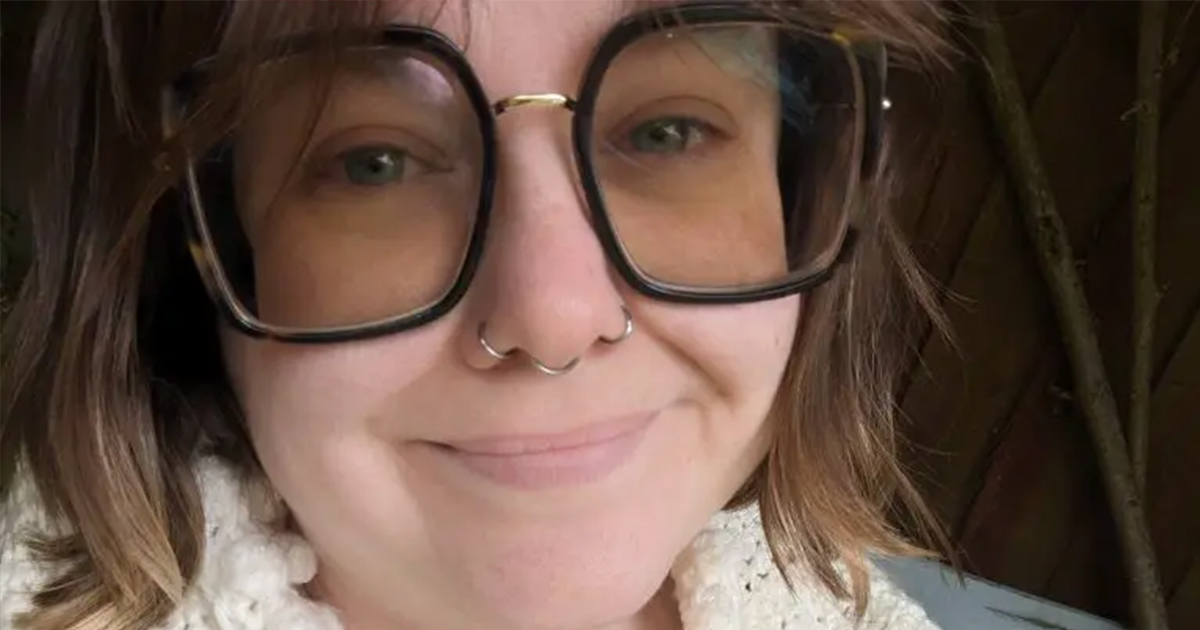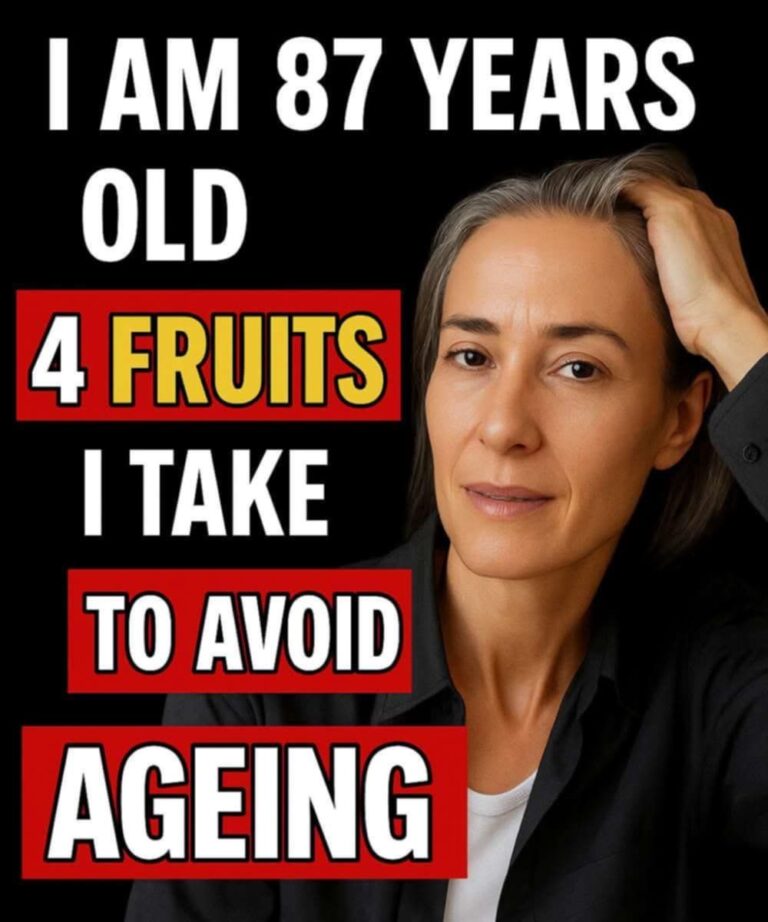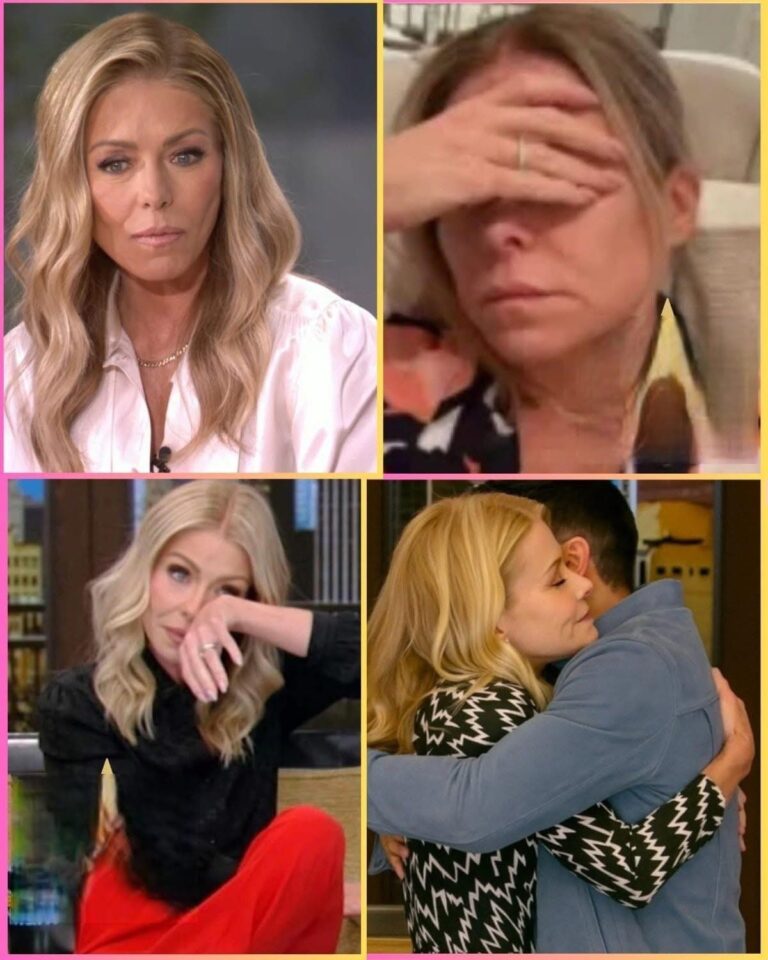Woman comes out as ‘abrosexual’ after 30-year journey
Attraction doesn’t always follow a predictable path and for some people, it shifts and changes over time. This puzzling experience is more common than many realize, and it has a name: abrosexuality.
Thought she was a lesbian
For decades, she said she was “uncertain of who I was.”
“It wasn’t that I couldn’t make my mind up, but rather my identity shifted,” One day I felt like I was a lesbian, yet days or weeks later, I’d feel more aligned with bisexuality. My sexuality was fluid.”
It wasn’t until she stumbled upon the term “abrosexual” in an online forum that everything clicked.
“Finally,” she writes, “I felt seen.”
What is abrosexuality?
Healthline reports that abrosexual – a lesser-known LGBTQ+ identity – is a kind of sexual fluidity.
“Someone who’s abrosexual finds that their sexual attraction shifts often: they might identify with the term ‘gay,’ and later feel attracted to people of all genders, and then feel little to no sexual attraction at all.”
Elaborating on the identity, the health and wellness provider writes, “Terms like homosexuality, bisexuality, heterosexuality, and pansexuality refer to the genders of the people you’re attracted to. The term ‘abrosexuality’ is different because it doesn’t specify a gender – it simply refers to the fact that your sexual attraction shifts over time.”
Offering her personal experience on her ever-shifting attractions, Flint shares, “I love the person, rather than their gender so it doesn’t matter if my sexuality fluctuates while I’m with them.”
“However, even after explaining this, there’s always some people who enjoy demanding that I ‘pick a lane’ so that my identity doesn’t offend them. I want people to know that, just because you don’t know or understand an identity, doesn’t make it less authentic.”
What does abrosexuality look like?
One of the most important things to understand about abrosexuality is that it doesn’t follow a single pattern. It looks different for everyone.
To help paint a clearer picture, Healthline offers a few examples of how abrosexuality might show up:
These examples are just snapshots of possibilities. There’s no “one-size-fits-all” experience when it comes to being abrosexual, and that’s what makes this identity so unique and personal.
“We’re all learning new things about ourselves all the time – that’s what growth and development is about,” Flint writes. “Eventually, I hope that abrosexuality will be seen as normal, just another identity that someone might have, and not regarded as a way to be ‘on trend.’”
Flint’s story is more than just a personal journey – it’s a reminder of how vital language and representation are in helping people understand themselves. Many people may go through life feeling “broken” or “out of place” simply because they haven’t heard the right word to describe their experience.
What are your thoughts on all these identities? Please let us know what you think and then share this story so we can get the conversation started!






